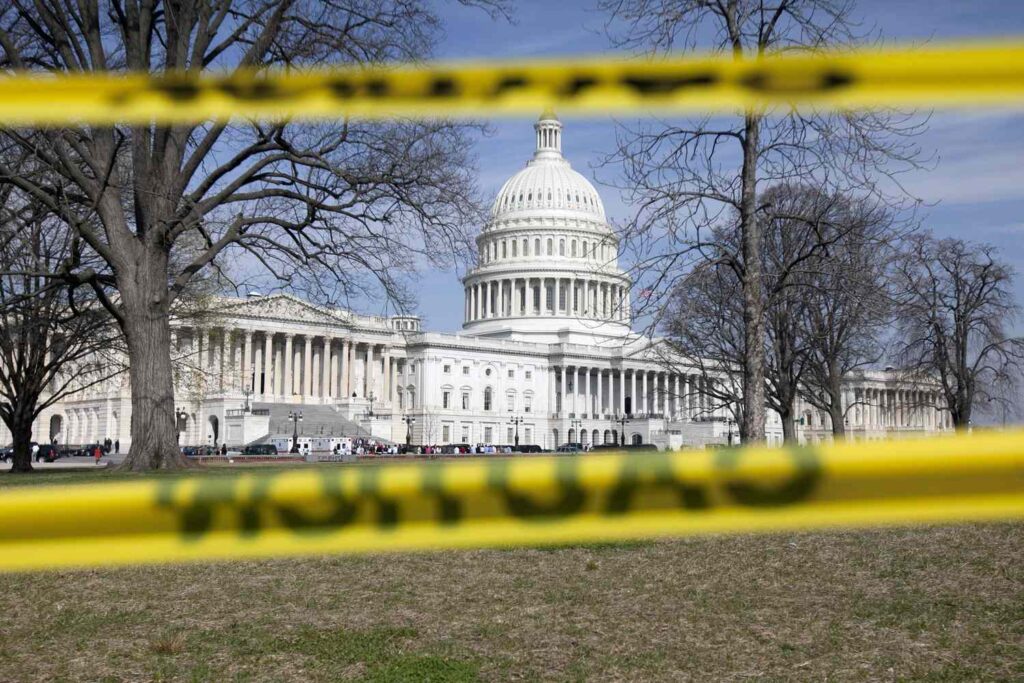Key Takeaways
- At 36 days, the U.S. government shutdown is now the longest in history, and many don’t see an end coming soon despite some fresh proposals from lawmakers.
- While the current shutdown centers around health care funding, past disputes have involved funding for a border wall and efforts to balance the federal budget.
The government has never been closed this long. And there’s little indication that it will reopen anytime soon.
As of Wednesday, the work stoppage that began on Oct. 1 has reached its 36th day, making it the longest of any U.S. shutdown. The 2018 shutdown was the previous record holder, which lasted 35 days.
Why This Matters for the Economy
The U.S. government is a massive economic driver, so a shutdown can have a direct impact on the nation’s gross domestic product. It funds businesses, employs millions of people and supplies public assistance to millions of others. In addition, a shutdown also weakens the confidence of both investors and consumers.
Lawmakers have been discussing a compromise over the impasse, which stems from funding cuts to the Affordable Care Act. Senate Majority Leader John Thune, a South Dakota Republican, is floating a plan that could allow for a vote on ACA, The Wall Street Journal reported. Meanwhile, some Democrats are looking to leverage the party’s Tuesday election victories into a compromise with congressional Republicans on the funding standoff, according to a CNN report.
Meanwhile, participants on the Polymarket prediction site are growing less confident that a solution will come soon. While nearly 70% of respondents on Tuesday believed the shutdown would be over by Nov. 15, only 60% had the same response Wednesday.
Past Shutdowns Ended on Compromise
While both of America’s longest shutdowns have occurred under President Donald Trump, the reasons behind them are different. Still, it could be similar pressures that bring both of them to an end.
In 2018, Trump wanted $5.7 billion in funding for a border wall with Mexico, which Democrats opposed. More than 35 full days after the shutdown began, Trump signed legislation that included $1.3 billion for border security, though none of it could be used to build “structures” along the border.
Part of the motivation to resolve the shutdown came from public reaction to the loss of government services, especially around air travel. Absences among Transportation Security Administration staff and air traffic controllers were creating lengthy delays for passengers.
Some of the same issues are brewing in the current shutdown, as reports find that more unpaid air traffic controllers are calling in sick, helping to put more pressure on the nation’s air travel system.
Budget battles are usually at the heart of government shutdowns, and the next longest shutdown that ended in January 1996 came about as a result of a dispute between then-President Bill Clinton and the House Republican majority over how to balance the budget.
After 22 days of government work stoppage, the two sides reached a budget agreement that didn’t lead to significant changes to the budget, and voters largely blamed Republicans for the shutdown, The Wall Street Journal reported.
